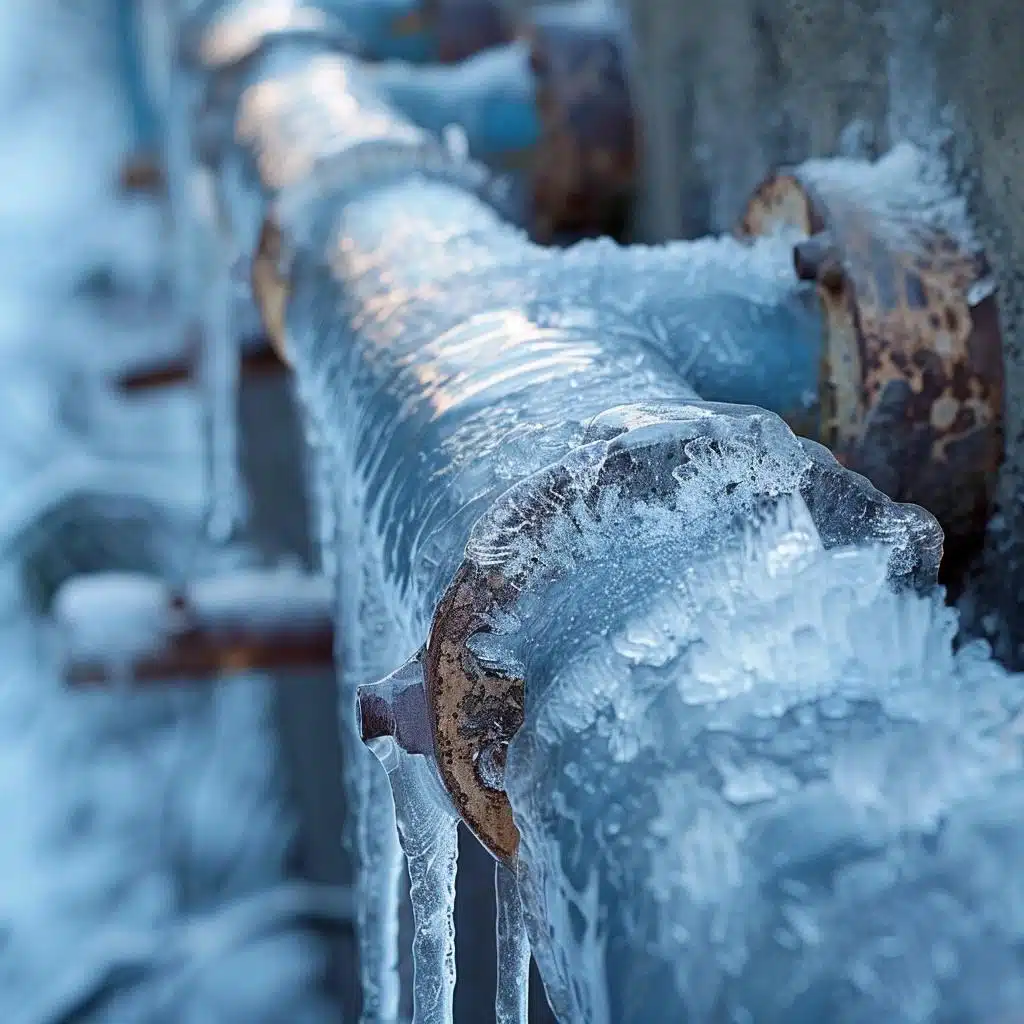Important Tips to Prevent Frozen Plumbing in Winter: Professional Insights
Important Tips to Prevent Frozen Plumbing in Winter: Professional Insights
Blog Article
How do you really feel about 6 Ways to Prevent Frozen Pipes?

Cold weather can ruin your pipes, especially by freezing pipelines. Here's just how to prevent it from taking place and what to do if it does.
Introduction
As temperature levels drop, the risk of icy pipes boosts, potentially causing costly repair services and water damage. Recognizing how to avoid icy pipes is important for property owners in chilly climates.
Prevention Tips
Insulating at risk pipelines
Cover pipelines in insulation sleeves or use heat tape to shield them from freezing temperatures. Focus on pipes in unheated or outside areas of the home.
Heating techniques
Keep interior spaces sufficiently heated up, particularly locations with pipes. Open cupboard doors to allow warm air to circulate around pipes under sinks.
How to identify frozen pipelines
Seek lowered water flow from faucets, unusual smells or sounds from pipes, and visible frost on revealed pipes.
Long-Term Solutions
Structural changes
Take into consideration rerouting pipes away from outside walls or unheated areas. Include extra insulation to attic rooms, basements, and crawl spaces.
Upgrading insulation
Buy high-grade insulation for pipes, attic rooms, and wall surfaces. Proper insulation assists maintain constant temperatures and minimizes the risk of icy pipelines.
Shielding Outdoor Pipes
Yard hose pipes and exterior faucets
Detach and drain pipes garden hose pipes prior to winter. Mount frost-proof spigots or cover outside taps with shielded caps.
Understanding Frozen Pipelines
What causes pipelines to freeze?
Pipes ice up when subjected to temperatures listed below 32 ° F (0 ° C) for expanded durations. As water inside the pipes freezes, it increases, putting pressure on the pipe wall surfaces and potentially creating them to break.
Threats and damages
Frozen pipelines can result in supply of water disruptions, building damages, and pricey repairs. Burst pipes can flooding homes and create comprehensive architectural damage.
Indications of Frozen Pipes
Identifying frozen pipelines early can stop them from breaking.
What to Do If Your Pipes Freeze
Immediate activities to take
If you presume frozen pipelines, keep faucets open up to ease stress as the ice melts. Make use of a hairdryer or towels soaked in warm water to thaw pipes gradually.
Conclusion
Protecting against frozen pipelines needs aggressive steps and fast responses. By comprehending the reasons, signs, and preventive measures, home owners can protect their plumbing throughout winter.
5 Ways to Prevent Frozen Pipes
Drain Outdoor Faucets and Disconnect Hoses
First, close the shut-off valve that controls the flow of water in the pipe to your outdoor faucet. Then, head outside to disconnect and drain your hose and open the outdoor faucet to allow the water to completely drain out of the line. Turn off the faucet when done. Finally, head back to the shut-off valve and drain the remaining water inside the pipe into a bucket or container. Additionally, if you have a home irrigation system, you should consider hiring an expert to clear the system of water each year.
Insulate Pipes
One of the best and most cost-effective methods for preventing frozen water pipes is to wrap your pipes with insulation. This is especially important for areas in your home that aren’t exposed to heat, such as an attic. We suggest using foam sleeves, which can typically be found at your local hardware store.
Keep Heat Running at 65
Your pipes are located inside your walls, and the temperature there is much colder than the rest of the house. To prevent your pipes from freezing, The Insurance Information Institute suggests that you keep your home heated to at least 65 degrees, even when traveling. You may want to invest in smart devices that can keep an eye on the temperature in your home while you’re away.
Leave Water Dripping
Moving water — even a small trickle — can prevent ice from forming inside your pipes. When freezing temps are imminent, start a drip of water from all faucets that serve exposed pipes. Leaving a few faucets running will also help relieve pressure inside the pipes and help prevent a rupture if the water inside freezes.
Open Cupboard Doors
Warm your kitchen and bathroom pipes by opening cupboards and vanities. You should also leave your interior doors ajar to help warm air circulate evenly throughout your home.

I hope you enjoyed reading our section on How To Avoid Freezing Pipes. Thanks for taking a few minutes to read through our blog. Remember to pause to distribute this post if you enjoyed reading it. We take joy in your readership.
Browse Website Report this page